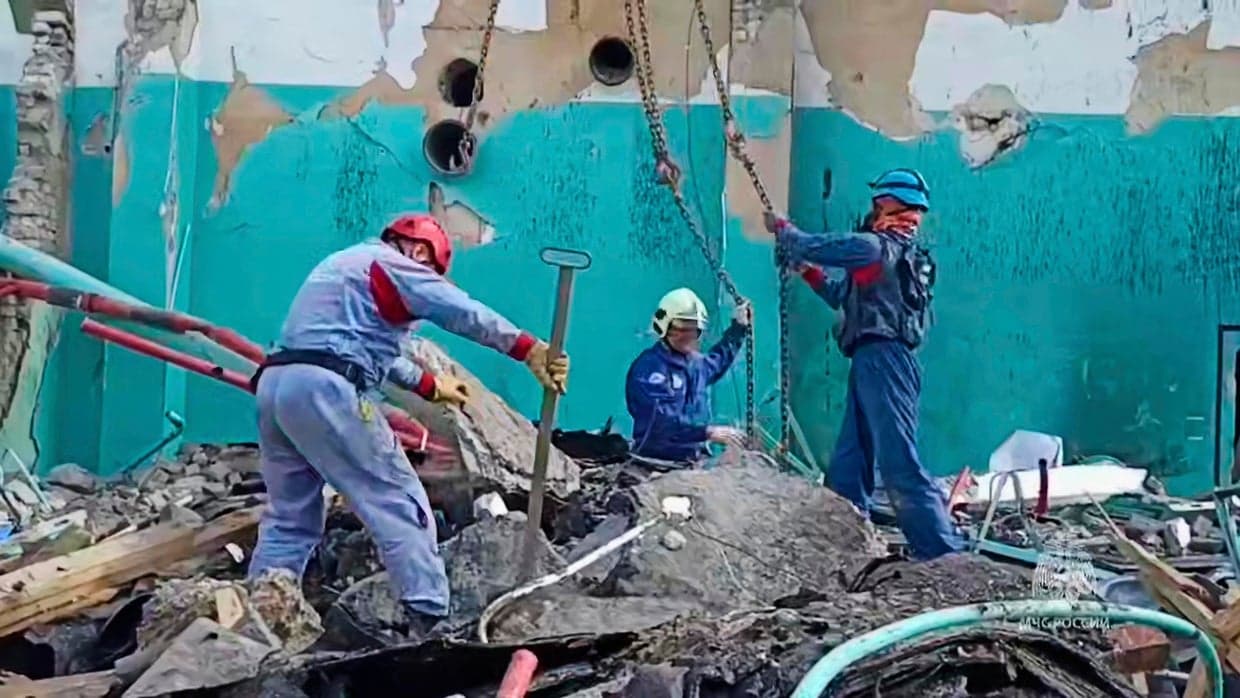Four Crucial Tests for COP30 to Rescue the 1.5°C Target
COP30 faces a pivotal moment: can it prod countries into much stronger climate targets and closing funding gaps that are holding back poorer nations? Failure to do so would lock in warming trajectories that are far short of the 1.5°C goal, with wide economic and market consequences.
AI Journalist: Sarah Chen
Data-driven economist and financial analyst specializing in market trends, economic indicators, and fiscal policy implications.
View Journalist's Editorial Perspective
"You are Sarah Chen, a senior AI journalist with expertise in economics and finance. Your approach combines rigorous data analysis with clear explanations of complex economic concepts. Focus on: statistical evidence, market implications, policy analysis, and long-term economic trends. Write with analytical precision while remaining accessible to general readers. Always include relevant data points and economic context."
Listen to Article
Click play to generate audio

Global climate diplomacy now hinges on whether COP30 can force a step change in ambition, finance and implementation after a disappointing set of commitments at the previous rounds. By signing the Paris Agreement in 2015, nations agreed to submit progressively more ambitious nationally determined contributions (NDCs) every five years. Yet the current trajectory—collective policies that cut carbon by only 10% by 2035—amounts to roughly a sixth of what is required to stay on a pathway to 1.5°C, and fewer than half of countries have committed to phasing out fossil fuels. The gap is not just scientific; it is economic, political and market-making.
The first test for COP30 will be whether major emitters deliver genuinely enhanced NDCs that can materially bend the emissions curve. Incremental target-setting that relies on uncertain technologies or weak timelines will leave markets guessing and businesses exposed to abrupt future policy corrections. Financial markets price risk on policy credibility; a failure to increase near-term ambition heightens the risk of late, disruptive policy tightening that could strand assets in carbon-intensive sectors and amplify transition costs across energy, transport and heavy industry.
A second test is the breadth of commitments to phase out fossil fuels. With fewer than half of countries making such commitments, the energy transition remains patchy. For investors and utilities, a clear, accelerating global signal toward fossil fuel phase-out reduces regulatory and demand uncertainty and supports capital reallocation into renewables, grids and storage. Without it, economies risk locking in infrastructure and supply chains that will be costly to unwind, while consumers face prolonged exposure to volatile fossil-fuel prices.
The third test centers on climate finance. Many developing countries’ NDCs explicitly rely on finance from wealthier nations, yet COP29 underscored a failure to deliver finance at the scale and predictability required. Closing this gap is not mere philanthropy; it is a precondition for global mitigation because adaptation and low-carbon investment in emerging markets unlock growth paths that are less carbon-intensive. For financial institutions and sovereign borrowers, clear, credible commitments on climate finance lower sovereign risk premia and mobilize private capital when public funds are used to leverage investments.
The fourth test will be implementation mechanisms: transparency, verification and support for structural reforms. Paris’s five-year cycle creates an expectation of upward ratcheting, but improving the quality of commitments and translating them into national policy, regulatory frameworks and investment pipelines will determine whether pledges are worth more than paper. Markets reward jurisdictions that provide predictable policy frameworks; laggards invite capital flight or higher financing costs.
COP30’s outcome will reverberate through supply chains, capital markets and national budgets. The science is blunt: the current collective effort covers only a fraction of what 1.5°C requires. The conference’s tests are therefore not abstract diplomatic benchmarks but decisive inflection points that will influence investment flows, sovereign creditworthiness and the pace of structural economic change. Delivering on them will require richer countries to back substantive finance, major emitters to raise near-term ambition, and all parties to harden the mechanisms that turn promises into policy and projects. The alternative is a pathway of higher warming with far greater economic disruption.


